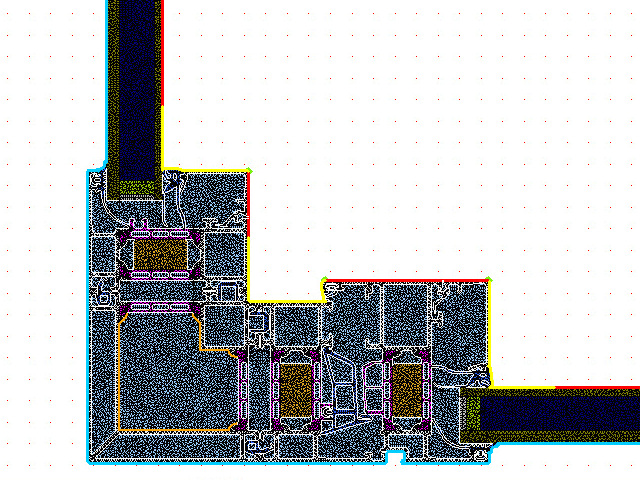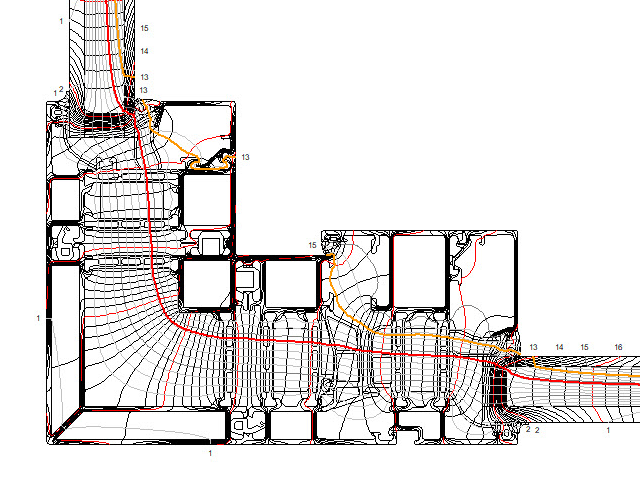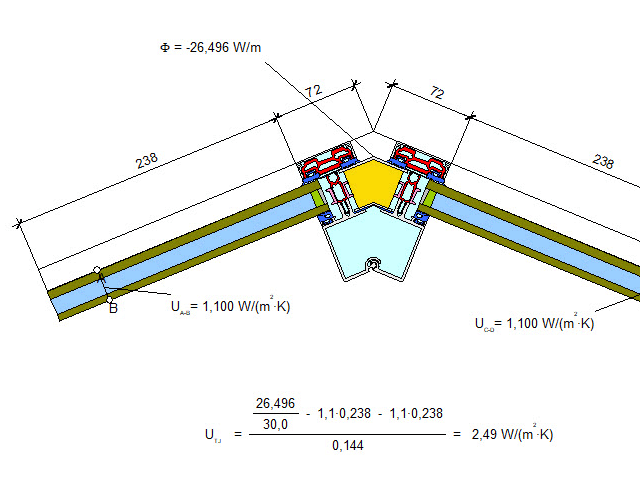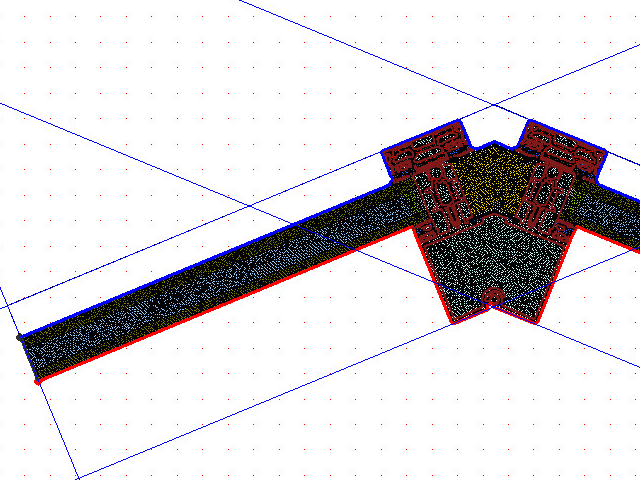
flixo – Thermal analysis and reporting
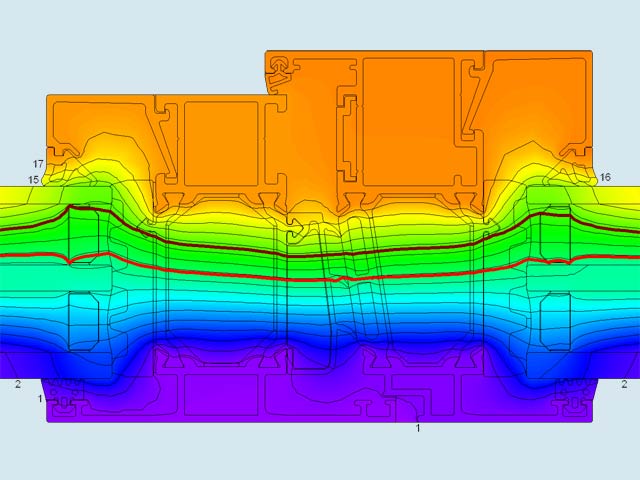
What is flixo?
flixo produces thermal-hygro analyses of buildimg components. It has been developed by architects, computer scientists and physicists for architects, planners, energy consultants and building physicists.
The program analyzes 2-dimensional component nodes under stationary boundary conditions. With flixo thermal bridges, for example, can be detected at the planning stage and eliminated through changes in design.
The risk of the formation of condensed water and attack by mold fungus is found by the determination of temperature minima on building component surfaces and the ensuing surface moisture. In this way building damage can be prevented and heating energy saved.
flixo supports the new version of the EN ISO 10077-2 standard and complies with all current standards for the calculation of thermal bridges. Numerous certification bodies in different countries use flixo, such as ift, BFH, ITC CNR or CSTB.

Any questions?
For more information, please call us on +49 - 69 - 800 818 0 or use our contact form.

flixo Trial Version
Test flixo extensively, you can get a free demo version on the page of the manufacturer Infomind.
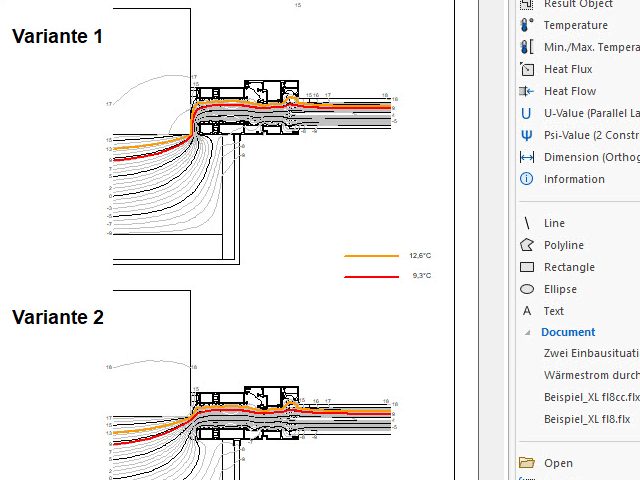
In addition, flixo has a powerful DXF import and enables fast and intuitive editing of projects through its sophisticated user interface.
If required, flixo also offers the possibility to deal intensively with the construction details, e.g. to quickly create adapted variants, to compare, to weigh and thus to decide quickly.
Modeling, calculating and evaluating in flixo
The program is divided into a modeling and a computation/evaluation section. Whereas the modeling section defines the physical situation (geometry, boundary conditions, materials), in the evaluation section the results are quantified and presented graphically. Due to the well-proven and time-saving template model, individualized resultsreports are produced automatically and are dynamically updated during a renewed computation.
